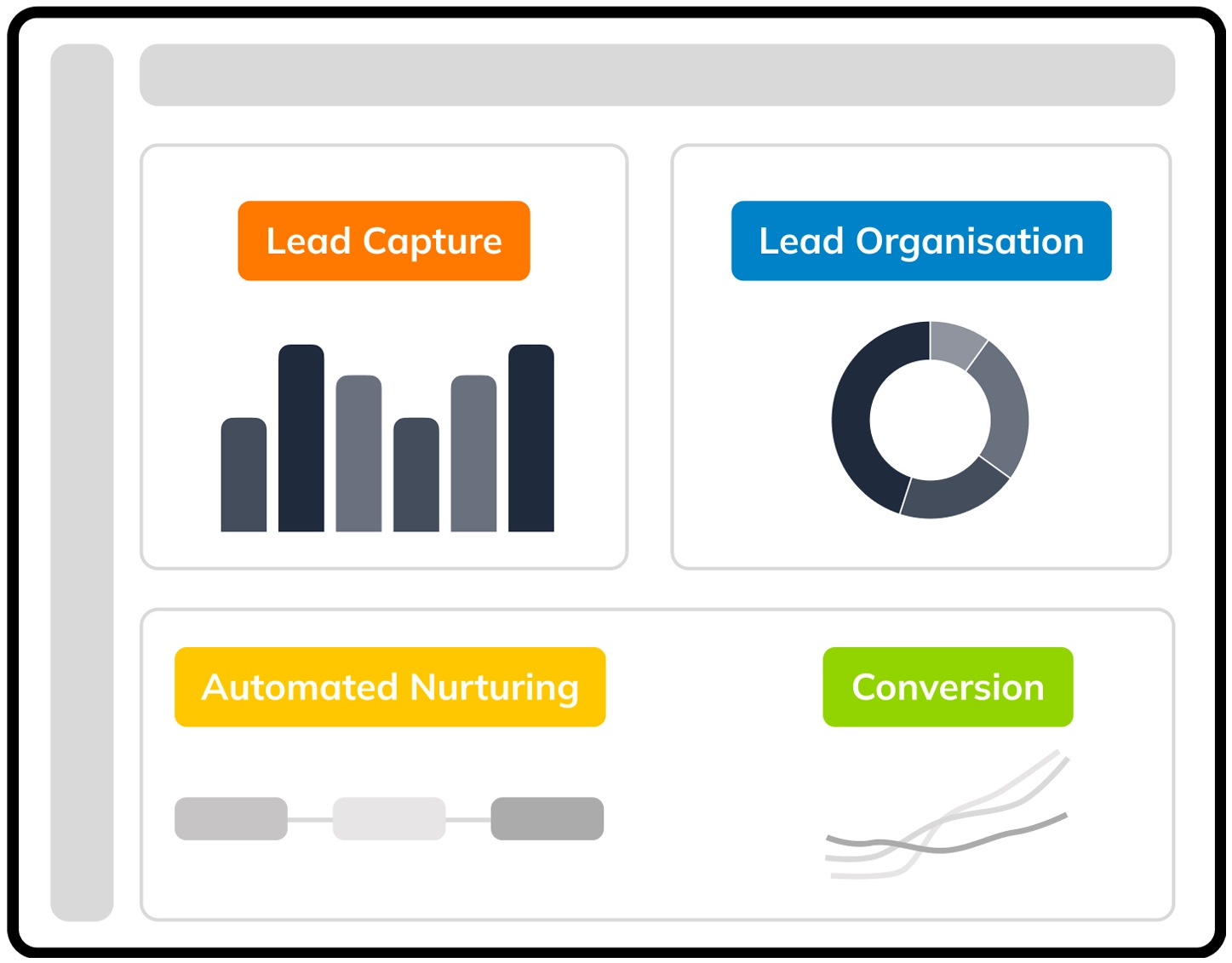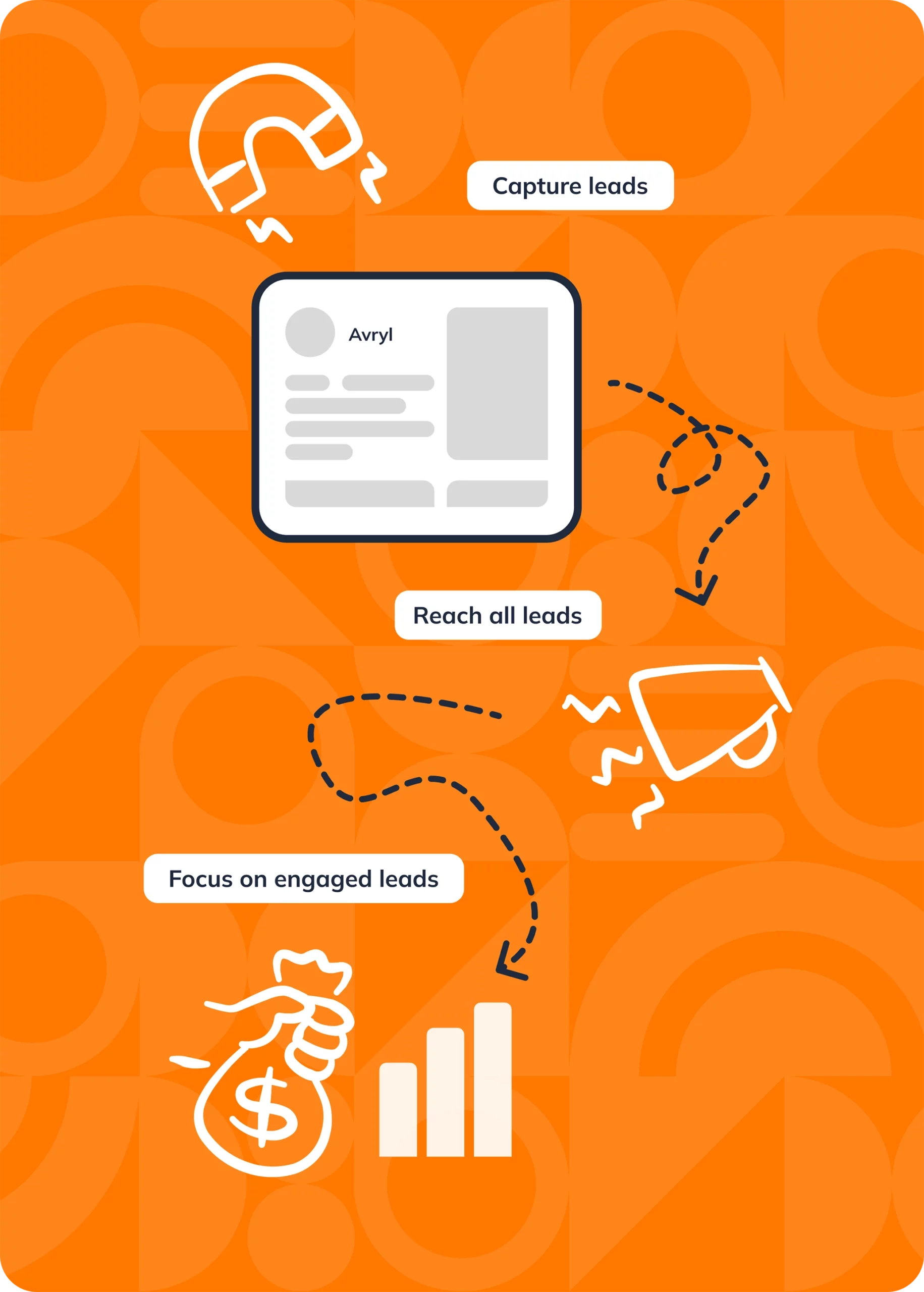
Turn traffic into leads with forms that feels like part of the journey. Build custom forms in minutes, embed them anywhere, and start growing your list right away.
Simple to build. Easy to integrate. Designed to convert.
Create high-converting forms with zero coding
Add forms to your website, landing pages, or social media
Capture only the data you need, nothing more, nothing less
Build a list of engaged, high-quality contacts
Trigger welcome emails or SMS messages the moment someone signs up.
Gather more data without overwhelming your prospects
Test different form versions and optimise for conversion
Trigger emails and SMS based on user actions
Build multi-step workflows to guide leads from interest to conversion
Customise workflows with conditional logic to adapt flows based on user behaviour
Integrate channels like email, SMS, and WhatsApp for consistent engagement
Run drip campaigns for long-term lead nurturing
Push hot leads to sales automatically when they hit key triggers


Collect, Connect, Convert. Simple Steps with serious impact Capture leads from every channel: your website, landing pages, social media, or events, using Everlytic’s intuitive forms and smart database tools. Store contacts securely, segment them easily, and make every lead count.
Reach your leads where it counts: email, SMS, WhatsApp, and push notifications. Personalise every message, track engagement in real-time, and automate your lead-nurturing journeys.
Focus on your hottest leads with scoring, behavioural triggers, and smart automation. Tailor your follow-ups, automate key touchpoints, and move leads through the funnel faster and with less effort.
Whether you’re managing hundreds of leads or millions, Everlytic’s lead management platform scales with you. Capture more, connect better, convert faster – all from one place.
